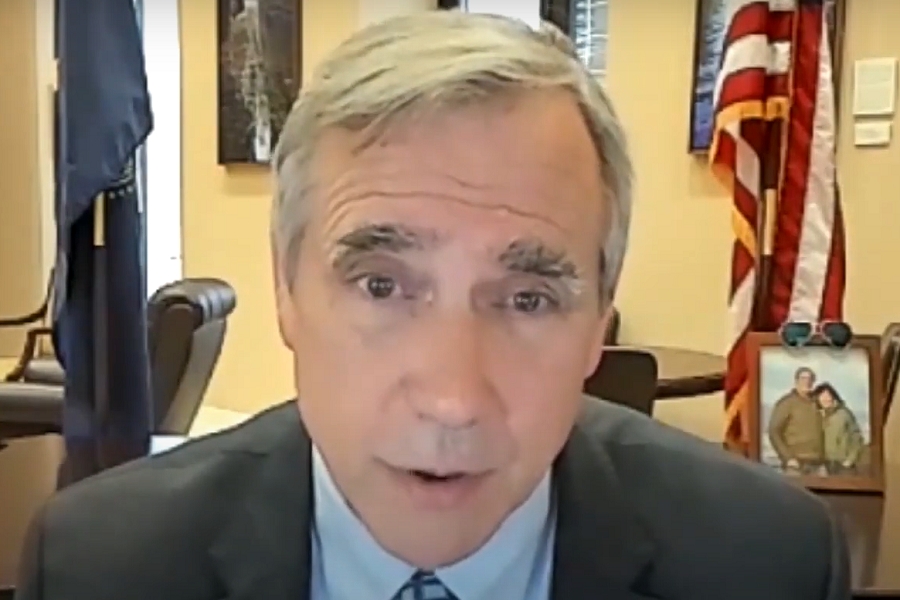Federal funding will assist the Rogue Valley to create water infrastructure capable of mitigating the impacts of climate change.
The U.S. Environmental Protection Agency announced Tuesday that it has awarded two Water Infrastructure Finance and Innovation Act (WIFIA) loans totaling $97 million to the Medford Water Commission to update the region’s water infrastructure.
The loans will help finance the Rogue Valley Water Supply Resiliency Program, a multifaceted program intended to meet the region’s growing demand for safe drinking water and make water infrastructure more resilient to drought and other natural disasters.
The project includes improvements to the water treatment process to reduce lead and copper in drinking water; an expansion to treatment and storage capacity at the Duff Water Treatment Plant in Central Point from 45 million gallons a day to 65 million; an increase water transmission and storage capacity for customers; and improvements to the taste and odor of drinking water while addressing contaminants. The program also includes construction of a 10-acre, $26 million “water campus” to house administration and operational functions.
The project is expected to be completed in 2028.
In October of 2021, the Medford Mail Tribune reported on the Medford Water Commission’s plans to seek $170 million in funding to “safeguard Jackson County’s drinking water against droughts, earthquakes and increased demand.”
“This is close to a $200 million project, so the loans are contributing about half of the funding. The rest of the dollars come from our rate-making process,” Medford Water Commission general manager Brad Taylor tells Oregon Business. “We’ll probably release a revenue bond in 2025 for around $25 million. But we’re on track and making great progress.”
In addition to the EPA loans, the Water Commission plans to fund the project through rate increases and bonds.
The biggest-ticket project item is an expansion of the water treatment plant in White City costing $75 million. The project will also fund the potential creation of new reservoirs, and outfit existing reservoirs with earthquake-resilient upgrades.
“As the impacts of climate change continue it’s going to be more and more important to have diversified way of getting water into our supply. We’re adding capabilities to treat and store water to prepare for growth that’s inevitable, the impacts climate change, and natural disasters like earthquakes,” says Taylor.
The Rouge Valley is already feeling climate change’s impacts. In 2021, a combination of low rainfall and diminished snow from nearby mountains led to a 7 million-gallon decrease in available drinking water in the Rogue Valley, Which Taylor called “unprecedented.”
Oregon senator Jeff Merkley, who introduced the WIFIA to the Senate in 2013, praised the development in a prepared statement, saying the EPA’s decision would provide “crucial” access to reliable clean water for Oregonians. In 2019, Merkley celebrated the groundbreaking of Oregon’s first WIFIA project for Tualatin Valley Water District and the City of Hillsboro, which saved the city an estimated $264 million in financing costs.
“I am pleased that the Medford Water Commission’s Rogue Valley Water Supply is receiving two WIFIA loans to carry out vital projects ensuring the water in their community is safe and the infrastructure is resilient to natural disasters, without burdening the ratepayers,” says Merkley.
“I will continue to work to ensure that Oregonians have access to clean and reliable drinking water and support programs like this.”
To subscribe to Oregon Business, click here.




